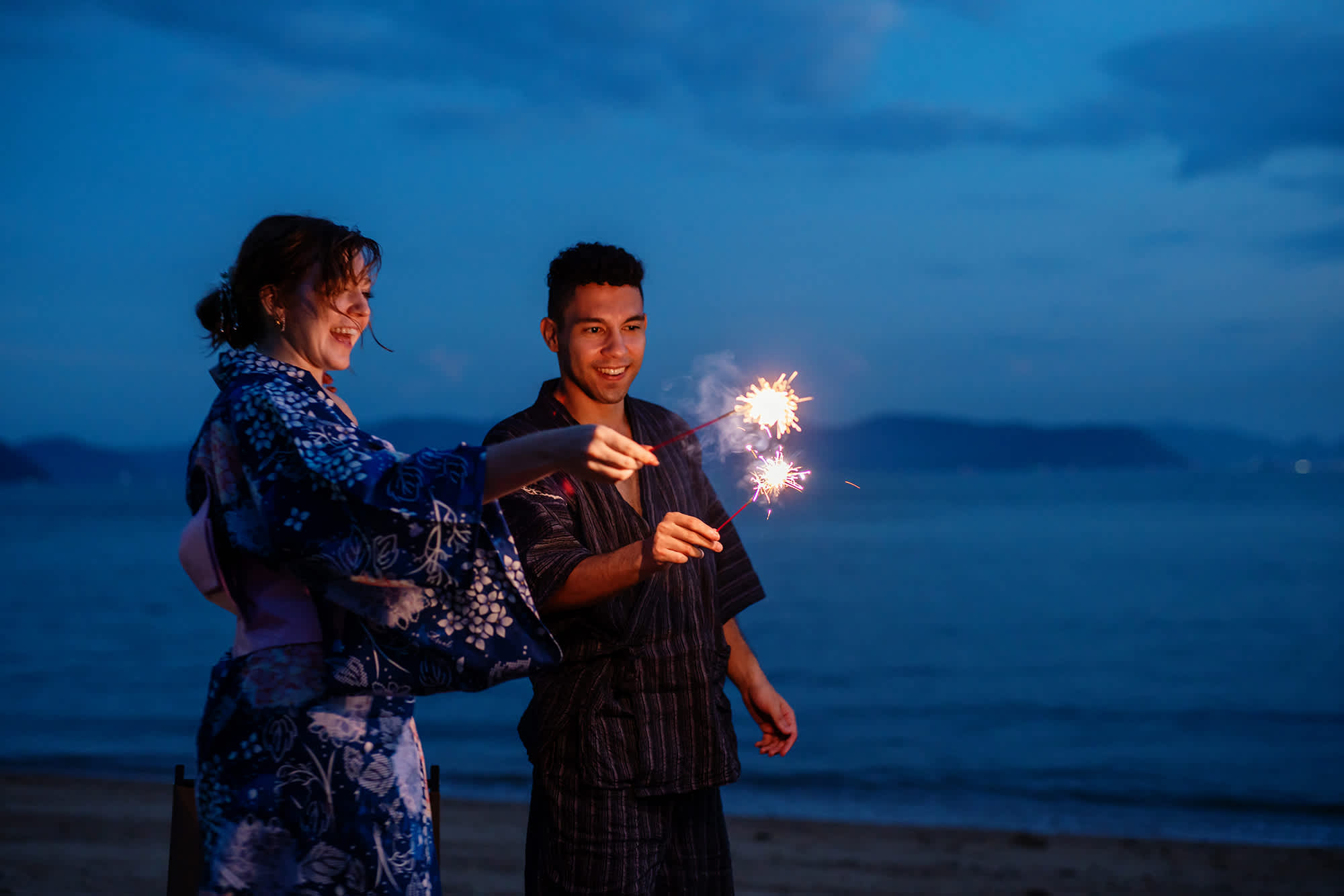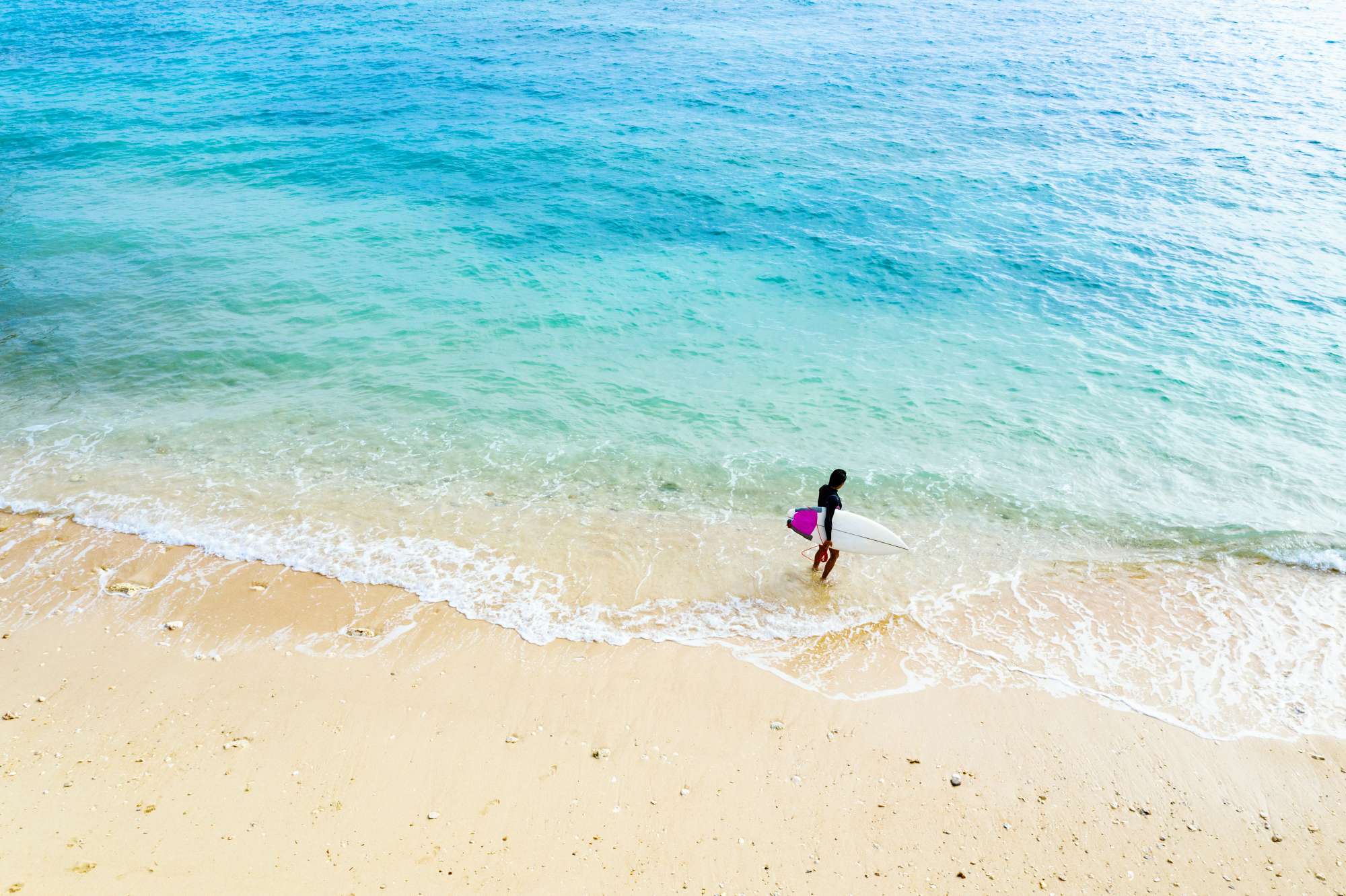
Like most other East Asian countries, many parts of Japan can get very hot and humid during the summer months (June-September). However, the summer is still a great time to visit Japan, with many unique Japanese summer foods, festivals and events that can only be experienced during the summer months. If you’re planning a summer trip to Japan, the following top tips, covering everything from Japanese ice creams and summer foods to specially designed summer clothing and cooler destinations, will help you know what to expect and make the most of a summer visit to Japan!
Carry a “Summer Survival Kit”
Suggested contents include an electric or paper fan (you can get some beautiful paper fans in Japan, and they have the added bonus that the batteries can never die, as it’s operated by your arm muscles), small towels, spare T-shirt and socks, wet wipes, hat and sunglasses, and sun cream - or go local and use “UV cut” clothes to protect yourself from the sun’s rays (try Uniqlo for these).
Fall in Love with Vending Machines
 An 'Edo-style' vending machine in Iwami Ginzan Omori, Shimane © Shimane Tourism
An 'Edo-style' vending machine in Iwami Ginzan Omori, Shimane © Shimane Tourism
If you’re an eco-friendly type then there’s no need to worry, as all cans and plastic bottles are recyclable, and bins are easily found either next to the vending machines or outside konbini (convenience stores). If you’re lucky you may even stumble across an ice-cream vending machine - which leads us neatly onto the next point...
Eat Ice Cream - Lots of It
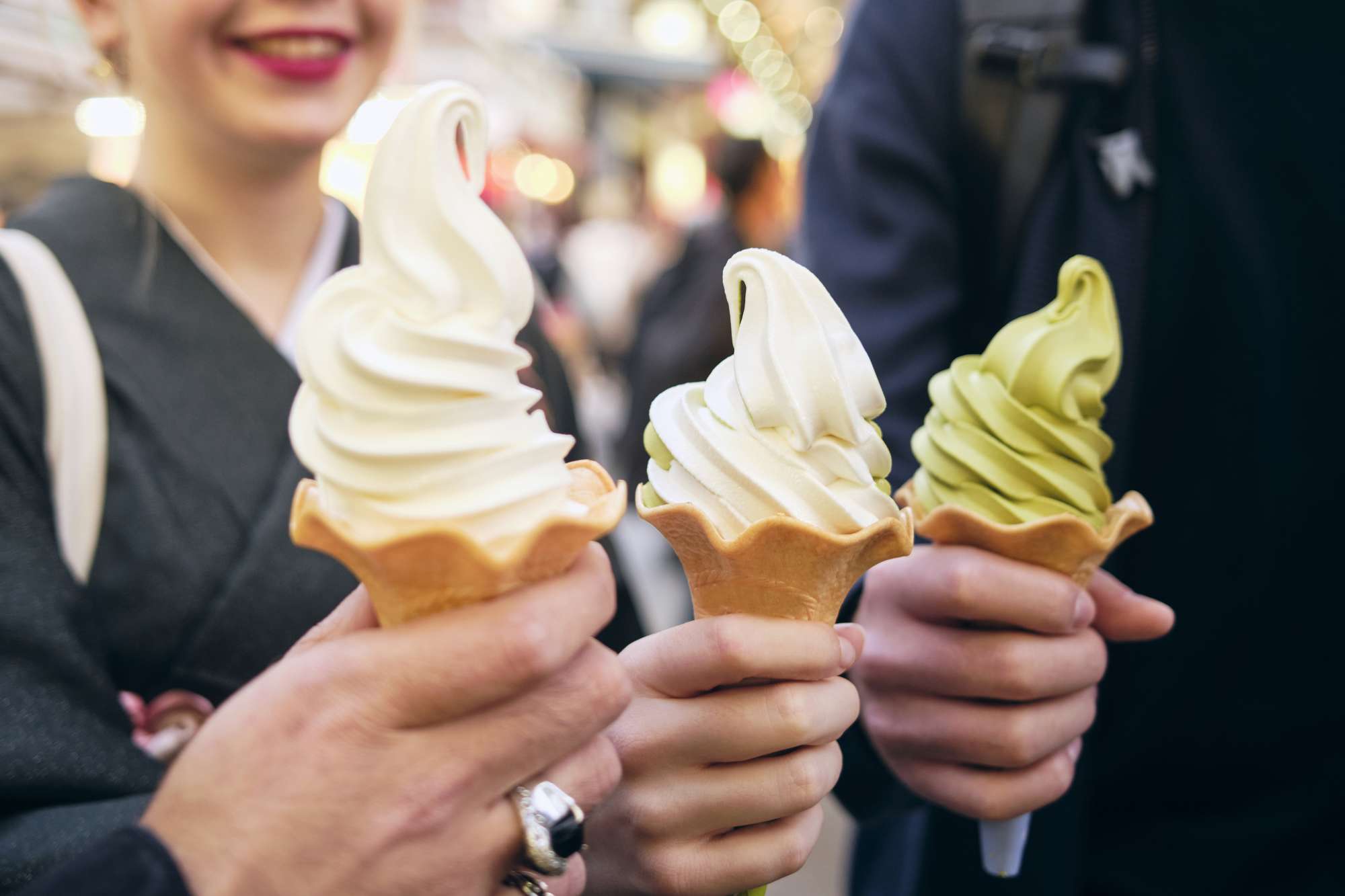
Universally sold in konbinis up and down the country, retro Japanese classics such as Yukimi Daifuku, Papico, Giant Cone, Azuki Bar, Pino, Mow and Gari-gari-kun occupy a similar place in adult and kids’ heads alike as our Mini Milks, Twisters and Soleros and are worth a try.
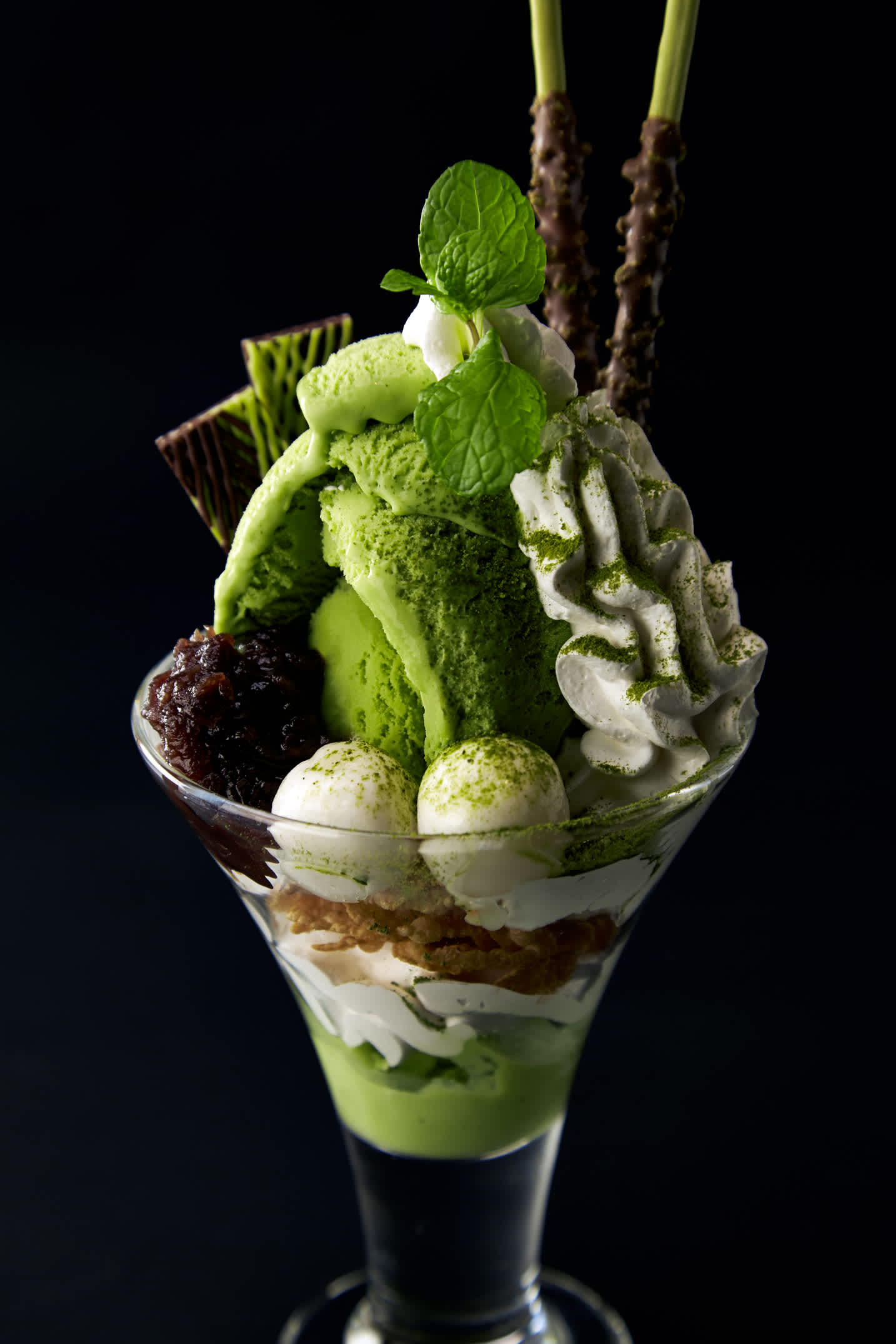
If you’re in the mood for more familiar flavours, make a beeline for American staples Baskin Robbins (known affectionately as “31” in Japanese due to its array of that number of flavours) or Cold Stone Creamery - at the latter, the servers are required to sing songs to you as they prepare your dessert, or else you get it for free!
Drink Beer - Lots of It
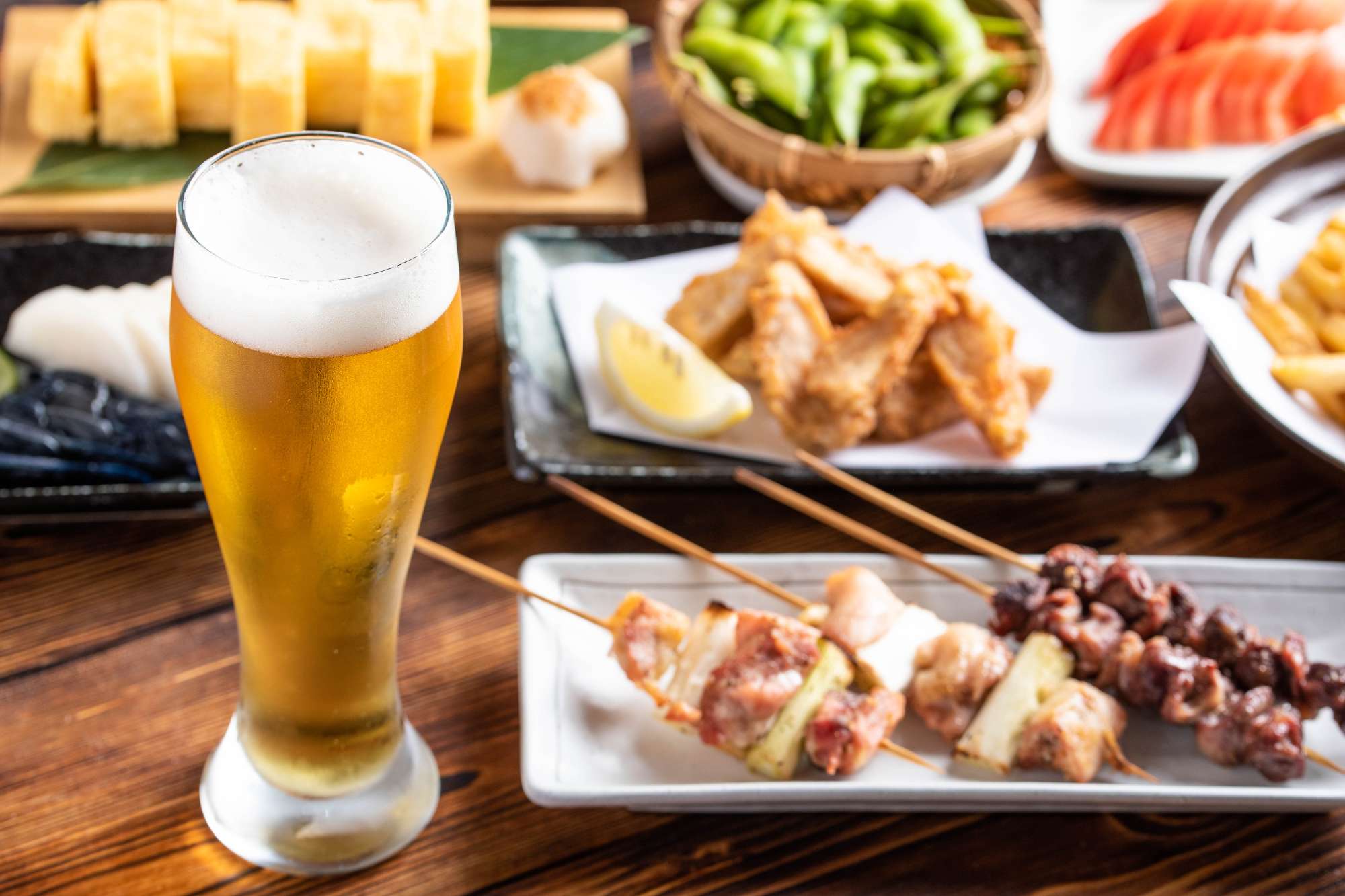
Fight off the summer heat and become a Japanese beer connoisseur at the same time by working your way through the Japanese canned beer canon, supping on ice-cold tins of beer by well-known domestic brands such as Asahi, Kirin, Sapporo, Suntory, and Yebisu.
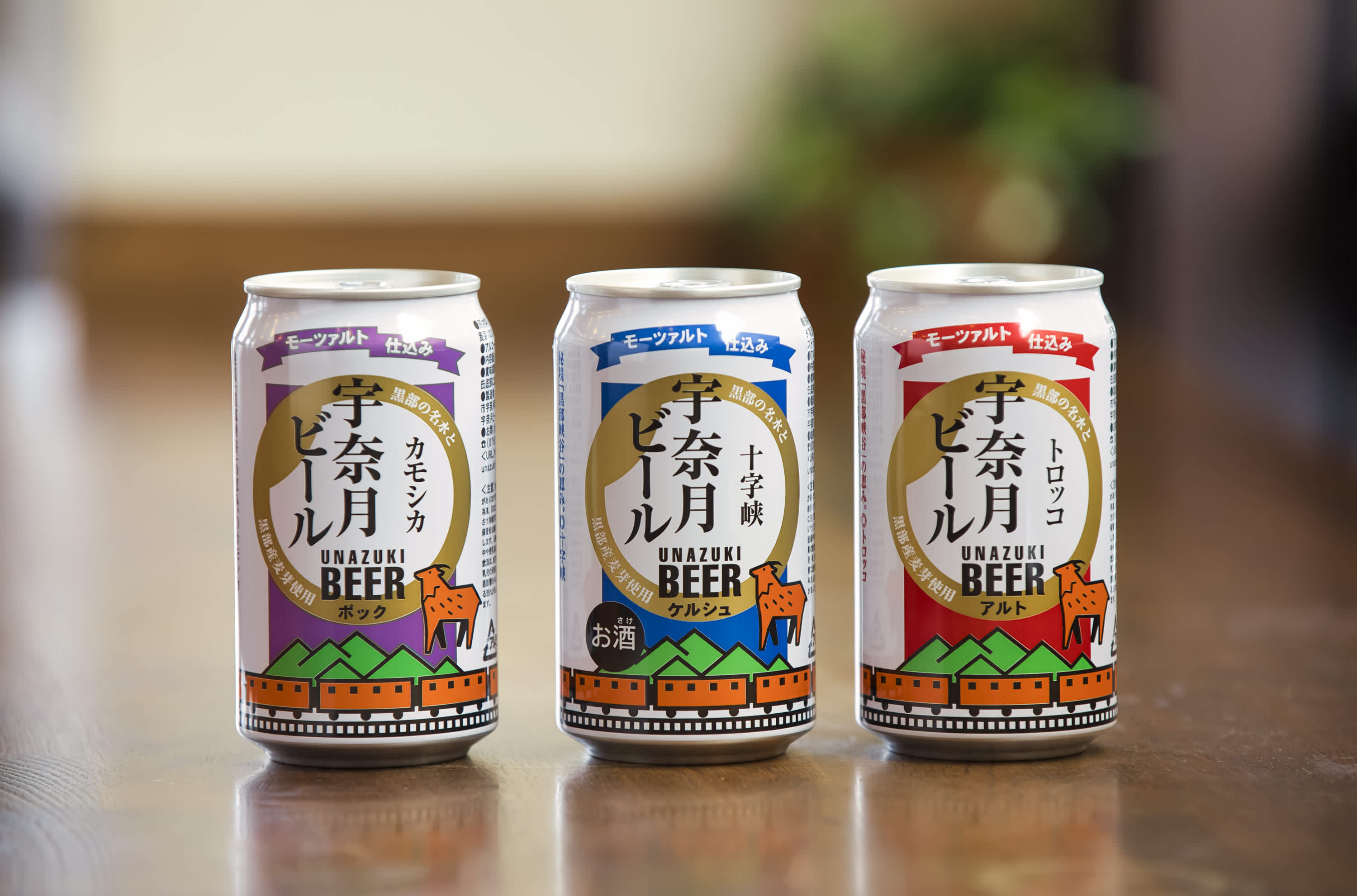 Unazuki beer from Unazuki onsen
Unazuki beer from Unazuki onsen
Eat Traditional Japanese Summer Foods
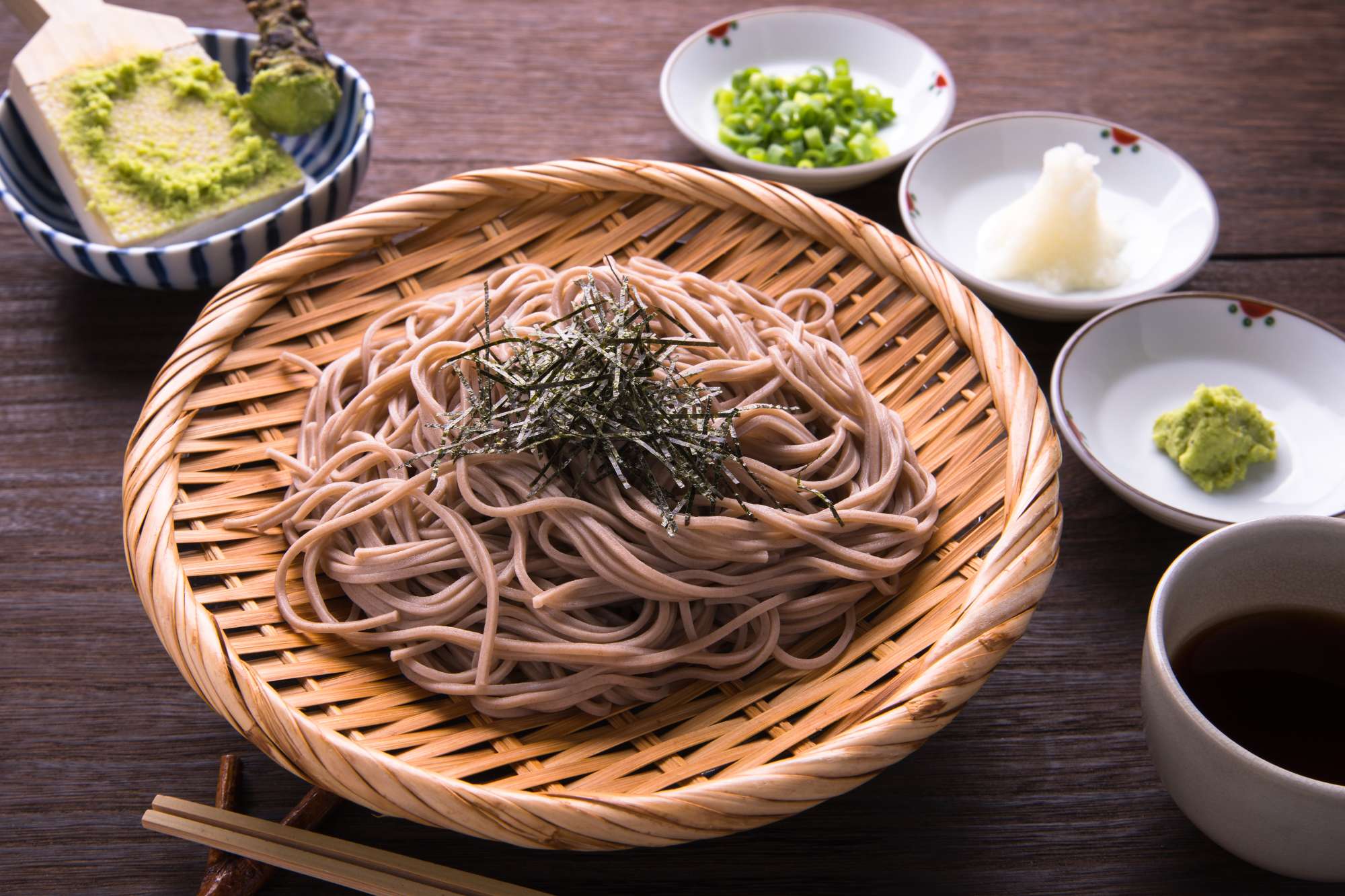
Eat traditional Japanese summer foods, especially designed to cool you down. You may only have to survive Japan’s sultry summer temperatures for a couple of weeks, but Japanese people have been doing it for centuries - and along the way they have developed quite a few foods to help them overcome the humid summer months.
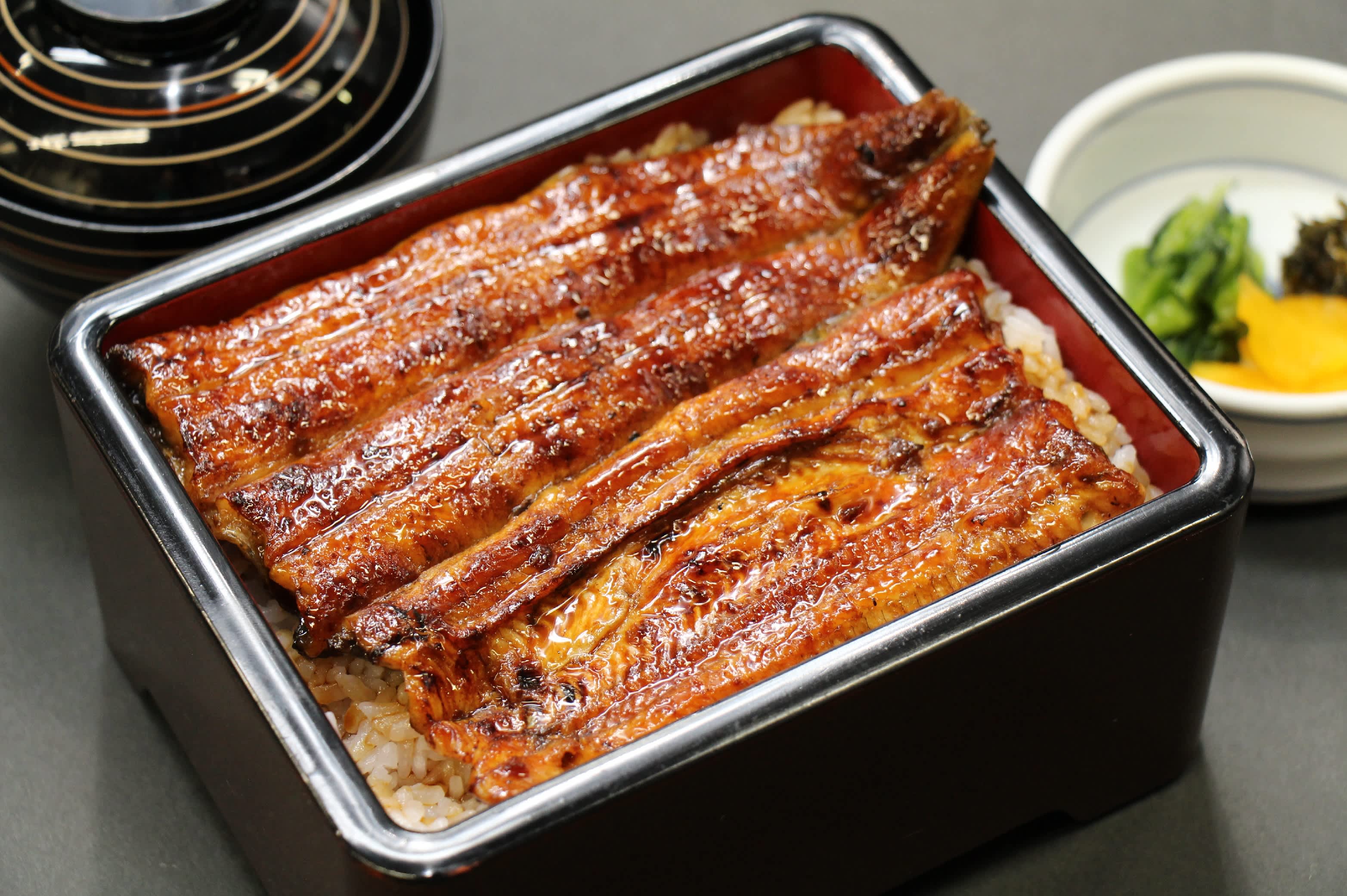
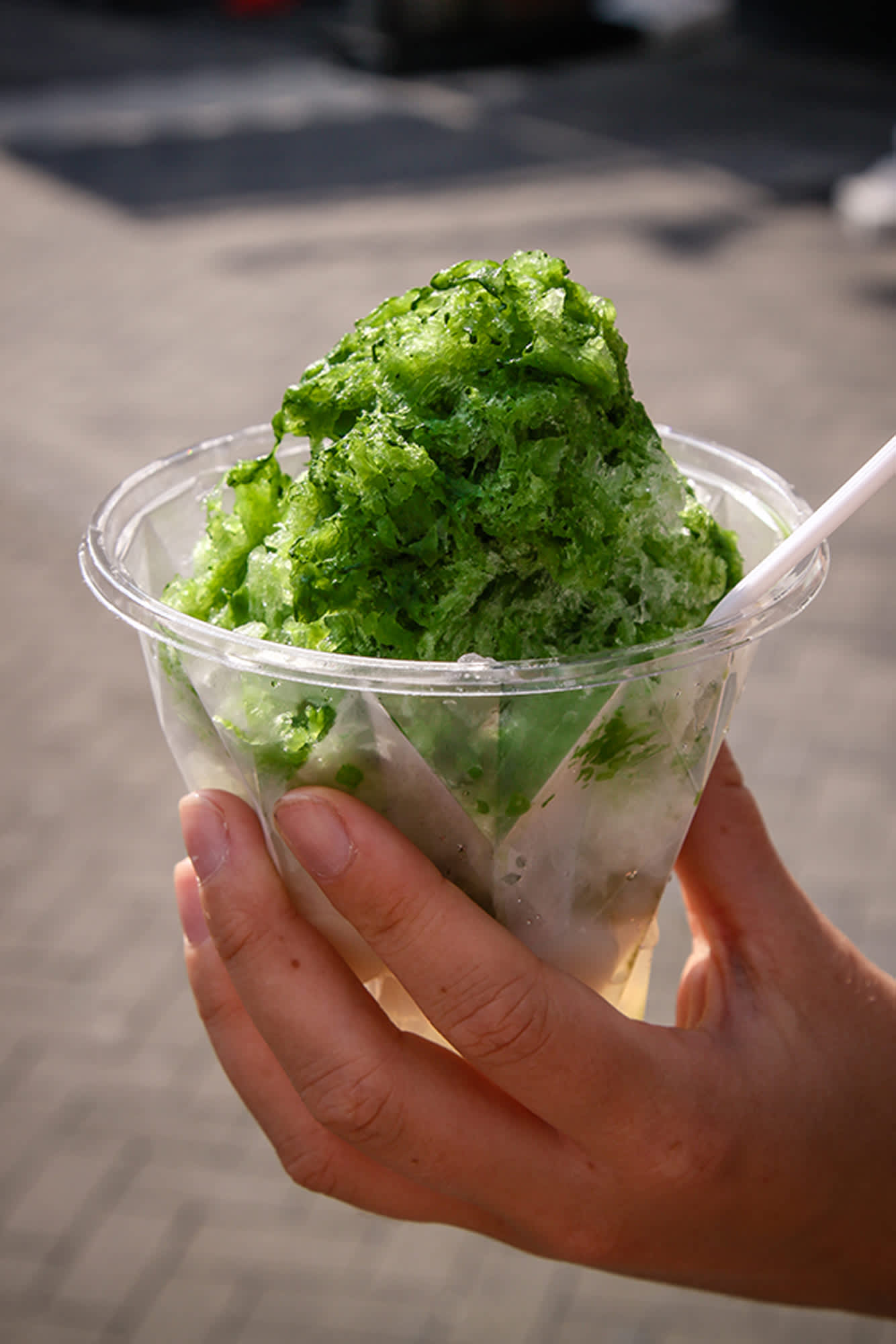
Play “Hunt the Aircon” - Shop or Admire Art Indoors
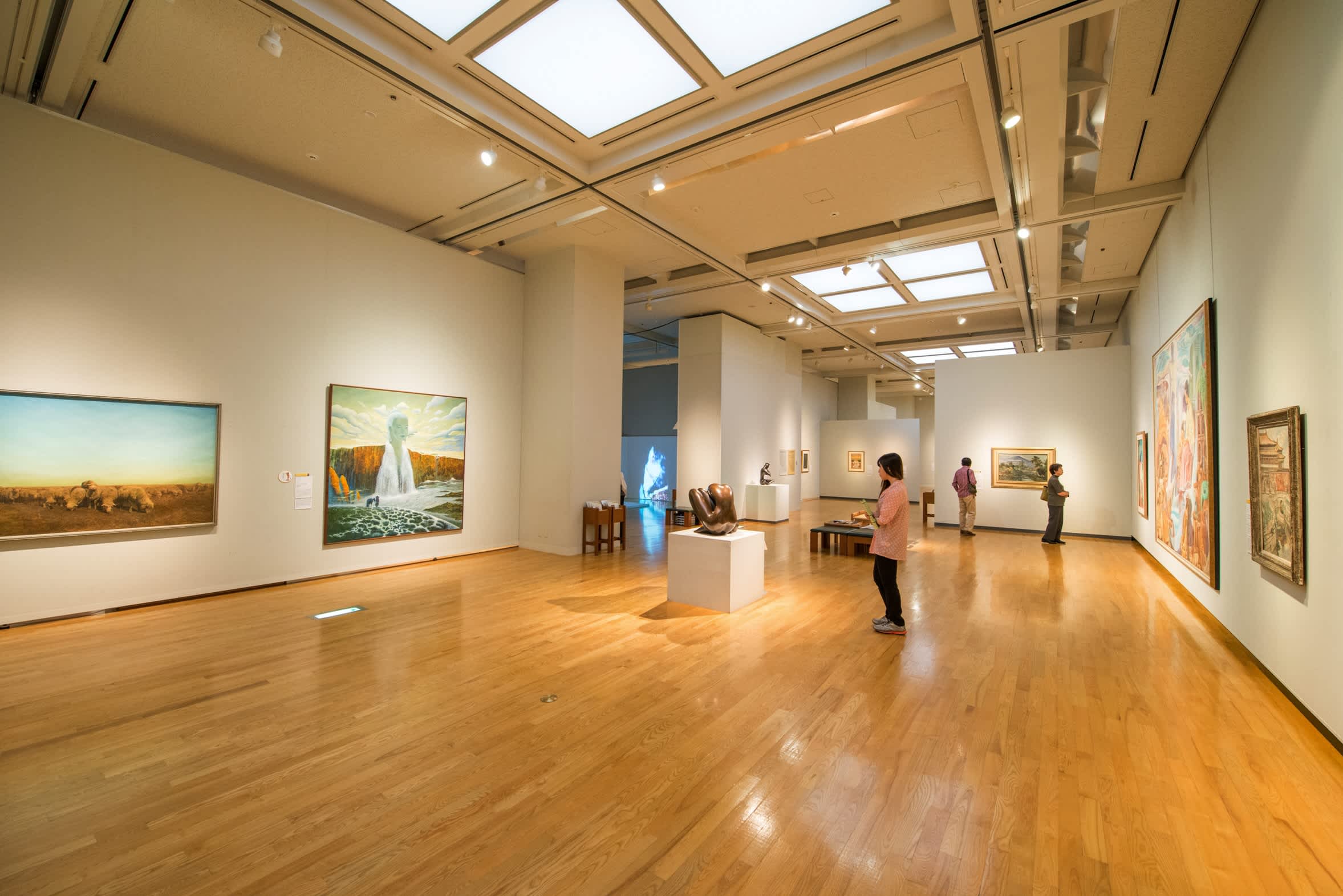
For museums, you could do much worse than Ueno’s collection of leading national art, history and science museums, all conveniently located around 10 minutes walk from each other in sprawling Ueno Park: Tokyo National Museum, National Museum for Western Art, Tokyo Metropolitan Art Museum and National Science Museum.
For art lovers, Roppongi’s “art triangle”, a trio of highly-rated art museums, is a must-see: National Art Center Tokyo, Mori Art Museum, and Suntory Museum of Art. And for those who prefer something a little more out of the ordinary, why not try Tobacco and Salt Museum, Museum of Sewerage or Meguro Parasitological Museum?
Tokyo offers no end of mega-scale shopping destinations. Some of the largest, where you’re likely to be able to spend the longest without having to venture outdoors, include Takashimaya Tokyo in Shinjuku, Venus Fort and Odaiba Decks in Odaiba, and Ikebukuro’s conglomerate of department stores based over and around the station, while if you don’t mind venturing a little further afield try Lala Port in Toyosu, with over 500 stores, or Aeon Lake Town, Japan’s largest mall, in Saitama.
Dress the Part - Japanese Summer Clothing
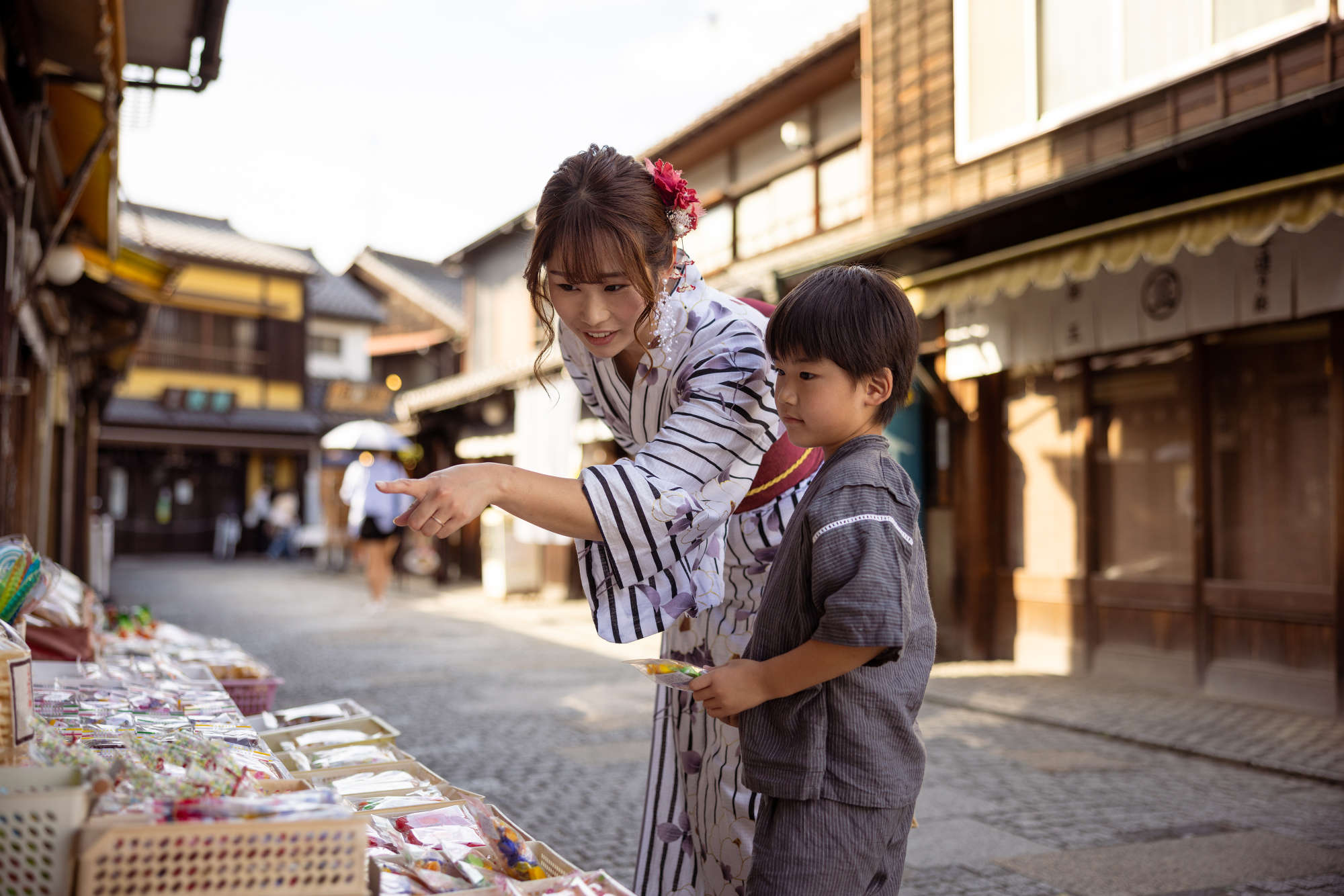
However, when the mercury soars Japanese women are generally more likely to bare their legs in hotpants and miniskirts than they are to show their upper arms, shoulders or cleavage. The same is true for men, who usually opt for knee-length bermuda shorts and sandals combo rather than muscle vests - and in Japan, walking around shirtless is a no-no, unless you are at the beach, lake, or swimming pool.
It’s up to you if you choose to bare some skin or if you prefer to cover up in loose-fitting cotton garments, but if the latter, then be sure to try some of Uniqlo’s cutting edge AIRism breathable clothing range, specially designed to keep you cool and comfortable all year round.
Escape to the Countryside - Head for Japan’s Deep North
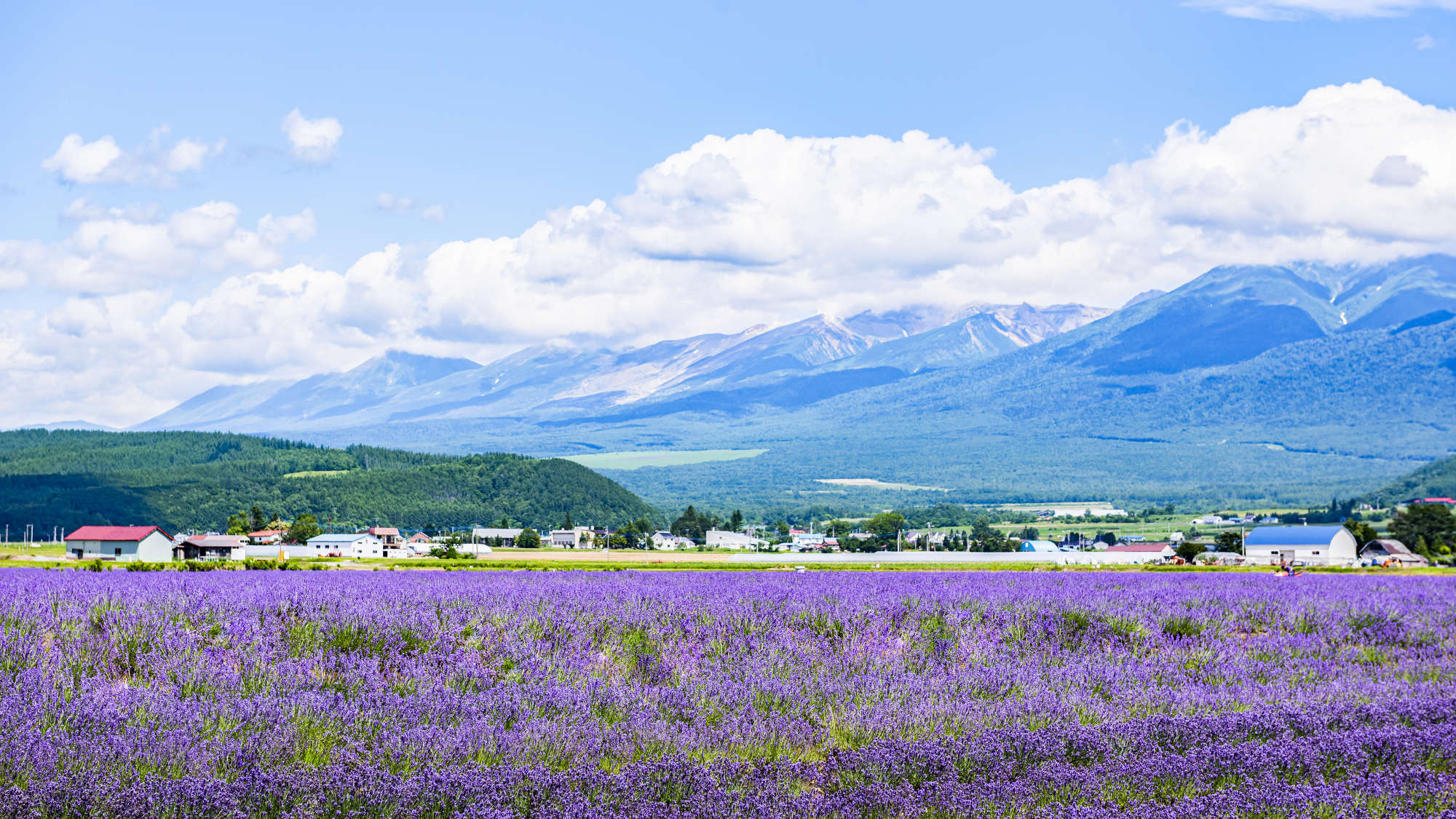
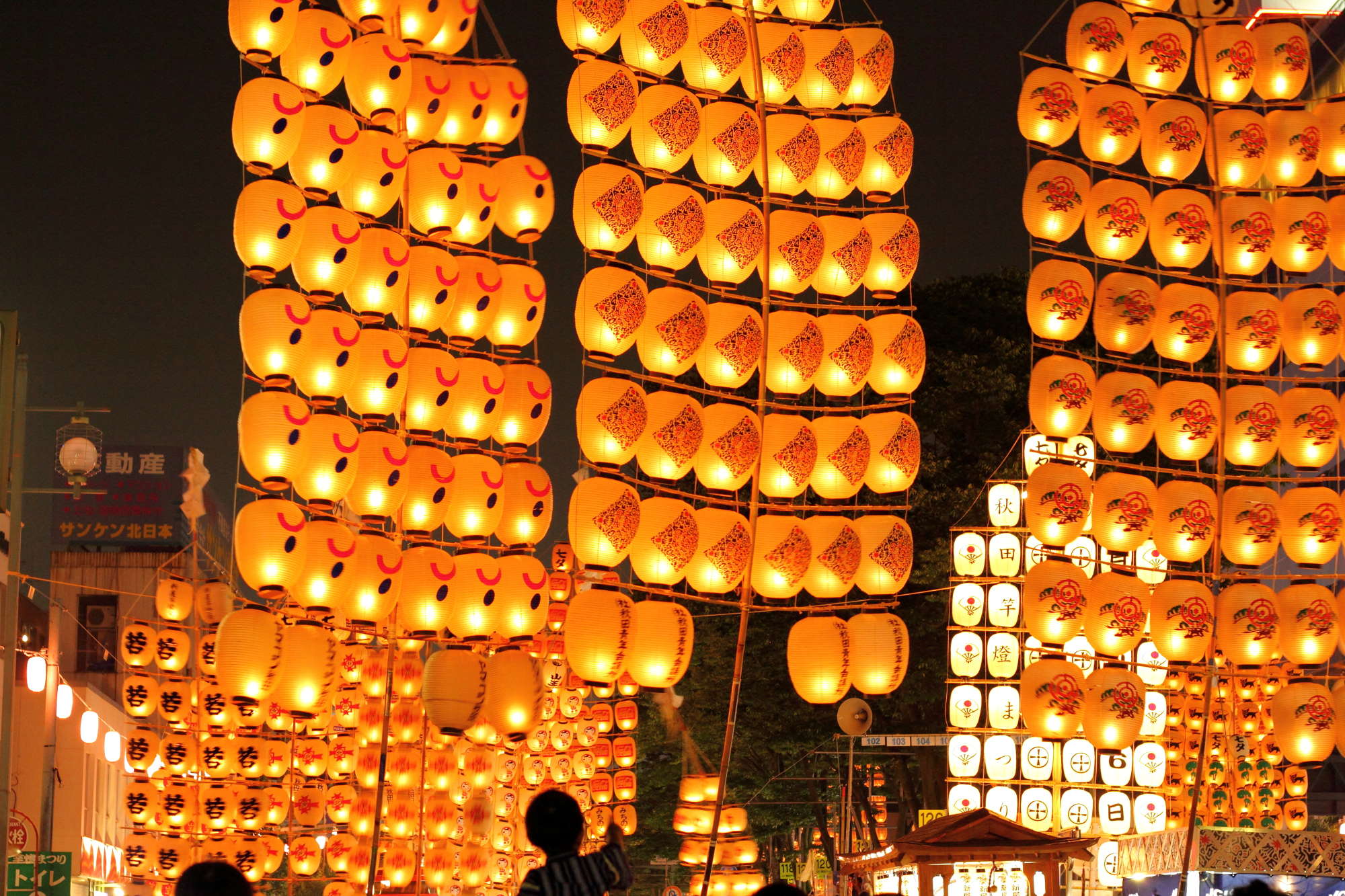
Tohoku, a cluster of six prefectures immediately north of Tokyo, doesn’t get much warmer than low to mid twenties, even in the peak of summer. As well as being home to many historical sites and nature destinations, the region also boasts many vibrant summer festivals. These include Akita Kanto Matsuri in early August, Awa-odori dance festival in Tokushima city, Shikoku, and Earth Celebration featuring KODO taiko drummers on Sadogashima Island in Niigata in late August.
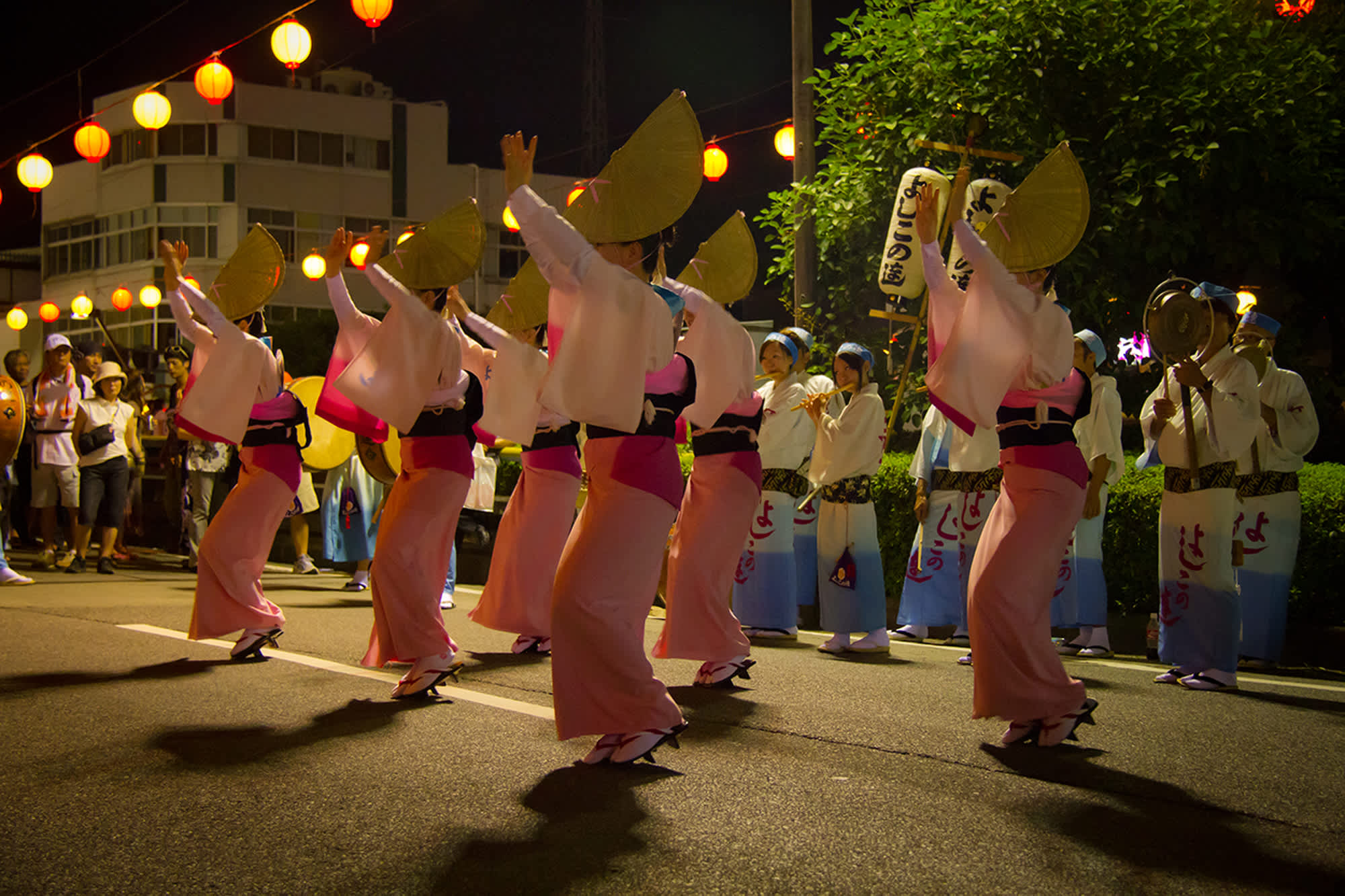
Unlike the rest of Japan, Hokkaido, the second-largest and most northerly of Japan’s four main islands, has no rainy season, and the mercury rarely rises above the low twenties. This makes it the perfect destination for outdoorsy summer activities such as camping, hiking, and cycling. Furano’s colourful patchwork flower fields and remote and rugged Daisetsuzan and Shiretoko National Parks are two top picks for wannabee outdoor explorers.
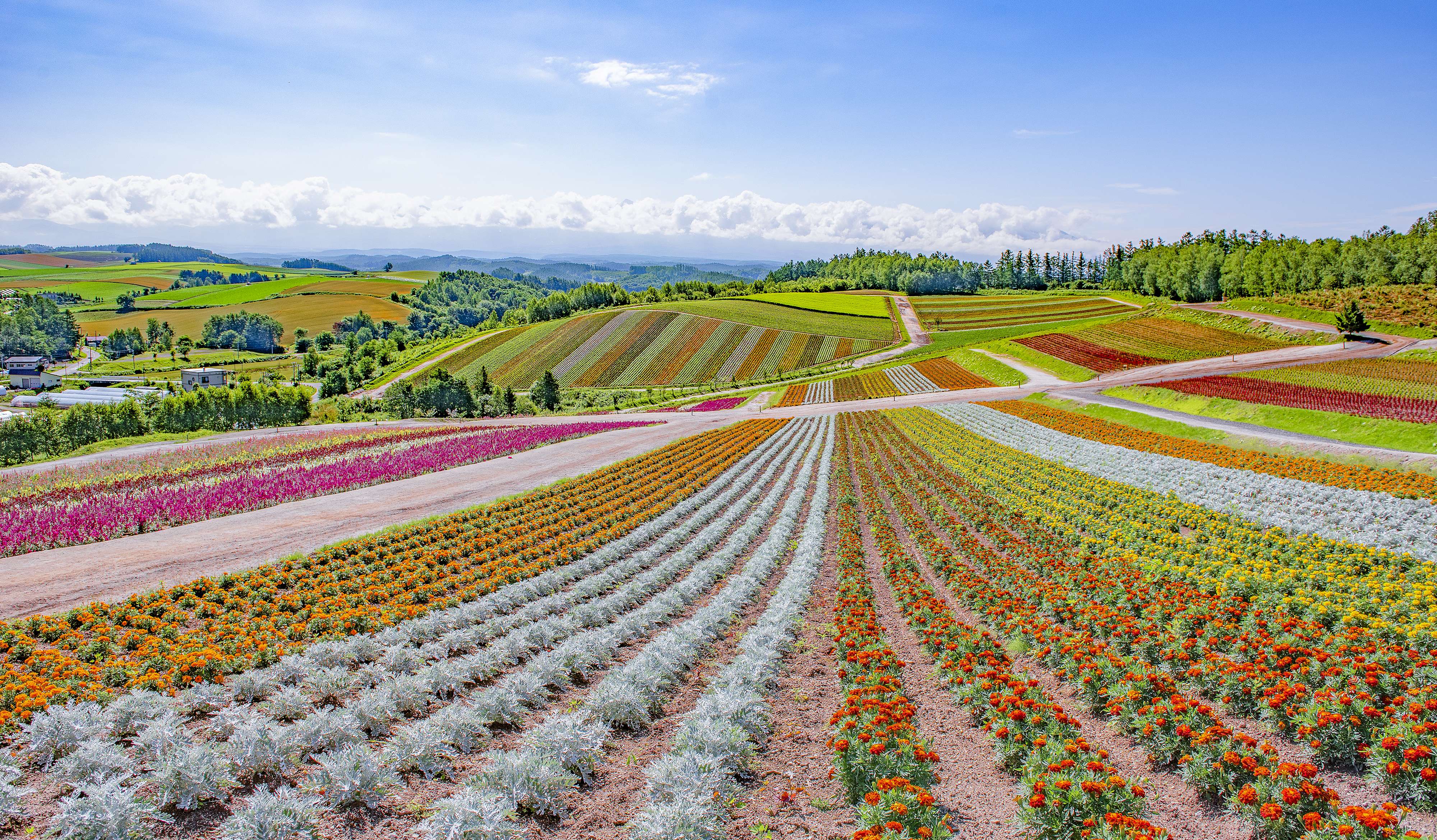
To stay up to date with all the latest happenings in Japan follow us on Instagram, Facebook or Twitter.


























































